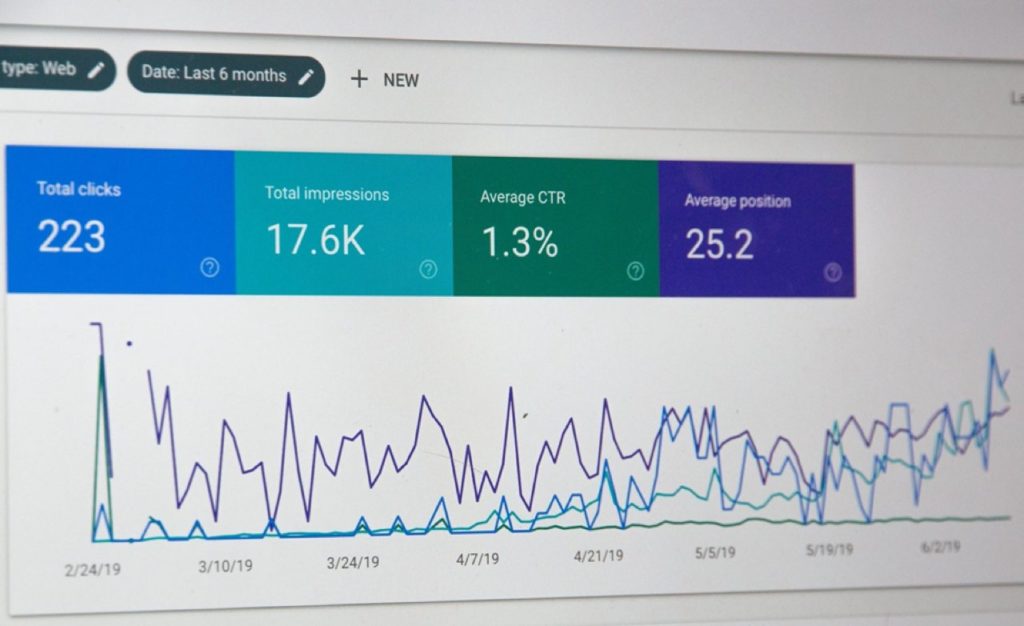If you’re anything like us, the idea of an SEO audit is pretty daunting and is something you would rather put off for as long as possible.
Not only are they incredibly technical, but they can take ages, and usually, the results that come back paint a very dim picture of your site. In many cases, especially after an audit, you have days, even weeks ahead of you, to fix the mistakes.
But, these audits need to be done, unfortunately. Not only do they pinpoint where the weaknesses of your site are, but they show where your strengths and the great areas of a potential lie. It is vital to conduct these audits frequently to ensure that your site is being properly ranked on Google.
Research shows that 0.78% of people will actually go through to the second page. 79% of the traffic will go directly to the first page, with the number dropping significantly the lower you find yourself in the search results.
So, how can you do an SEO audit, and how can you start optimizing your site to make sure that you are positioned as far up on the search results as possible? We took a look.
How Are Your Keywords Doing?
Your content strategy is the foundation of your marketing strategy. With the clever use of keywords, Google will be able to determine more accurately where to rank your site, and you will increase the rate of your organic searches.
But there are a number of pitfalls with keywords, so either considers hiring SEO audit services to assist you with your strategy or spend some time researching to make sure that your site is thoroughly optimized.
If you want to do it yourself, there are multiple online tools that will help to pinpoint what keywords you should be using. Say, for example, you are an online insurance comparison tool. Keywords like “car insurance,” “home insurance,” “building insurance” need to pop up regularly on your site.
Keep checking this regularly too. As much as the basic short-tail keywords will be repetitive and long-lasting on your site, different trends will always pop up.
Consider the internet in the current COVID-19 situation, for example. New search trends started dominating most, if not all, online industries. Companies needed to alter long-tail keywords to meet these new requirements.
Check That Page Speed
Not only is this one of the most crucial aspects that Google looks for, but it actually determines how long a visitor will spend time on your site. Research shows that a potential customer will drop off your site after three seconds of waiting for your site to load.
Once again here, there are several tools that will be able to look at what is slowing your site down. Two of the most accessible if you are just starting are Google Chrome’s Developer Tools and Google’s Page Speed Test.
There, you will find the recommendations for what you need to do with your site like:
- Enabling compression;
- Optimizing images;
- Leveraging browser caching;
- Eliminating render-blocking JavaScript and CSS in above-the-fold content;
- Minifying JavaScript.
As a rule of thumb, images will almost always be your biggest problem and the first thing you should look at. It is almost worth your while running every image on your site through a compressor, and re-uploading it.
404 Pages Are a Huge Problem
In saying this, we need to clarify that a 404, or an error page doesn’t incur penalties with Google, as was the misconception for a while.
The problem is that these error pages hugely impact your internal linking. If a visitor clicks from one page to another, and that second page no longer exists, they simply have no-where to go. So, it is worth your while crawling your site for these pages and deciding what you want to do with them.
Even though these 404s occur naturally at some stage during a site’s lifetime, the problem is that they throw out all of the hard work that you have been putting into your linking.
It is an easy fix, though. Once again, online tools are available to pick up exactly where these pages are and either fix them or get rid of them for good. Sometimes it could be a matter of an old page, but there could be something broken on that particular page. Check that content and make sure it isn’t packed with the essential keywords you need.

Pick Apart Your Content
As we mentioned earlier, keywords are vital in SEO. But there are plenty of pitfalls where you can go wrong.
Stuffing your content with keywords, for example, is something that Google will pick up on. Use keywords strategically and organically.
The next thing to look at is duplicating content. Many sites thought that they could easily get away with slipping some content into pages and duplicating them to increase rankings. Google will pick up on this. Whether it is intentional or not, it is important to look carefully at your site and see where things might be repeated. Even similar phrasing needs to be eliminated.
Lastly; thin content. This is something that too many sites do and lag behind horribly on SEO. Build that content up on your pages. Story tell on your landing page and home pages and create a brand identity.
Include solid, beefy, yet simple and straight to the point descriptions on your product pages. Word counts on most pages should vary between over 300 words to around 1,000. This excludes blogs that should hover around the 1,000 marks but can be increased further with more educational and informative content.
Wrapping Up
Doing regular audits is vital for your SEO rankings. What you do need to keep in mind is that when you make an update to a page, you essentially signal Google to crawl that page. So, keep track of your high traffic pages and keep going back to make minor alterations to them to keep them high on the search results. Whether it be changing an image, adding content, or changing a CTA, this will allow the page to be recrawled and re-ranked.
Once you get your first SEO audit out of the way, your next ones will get easier and quicker. As we mentioned, there are many online tools to help you with each element, and most of them will give you detailed instructions on how to fix things. Good luck!





